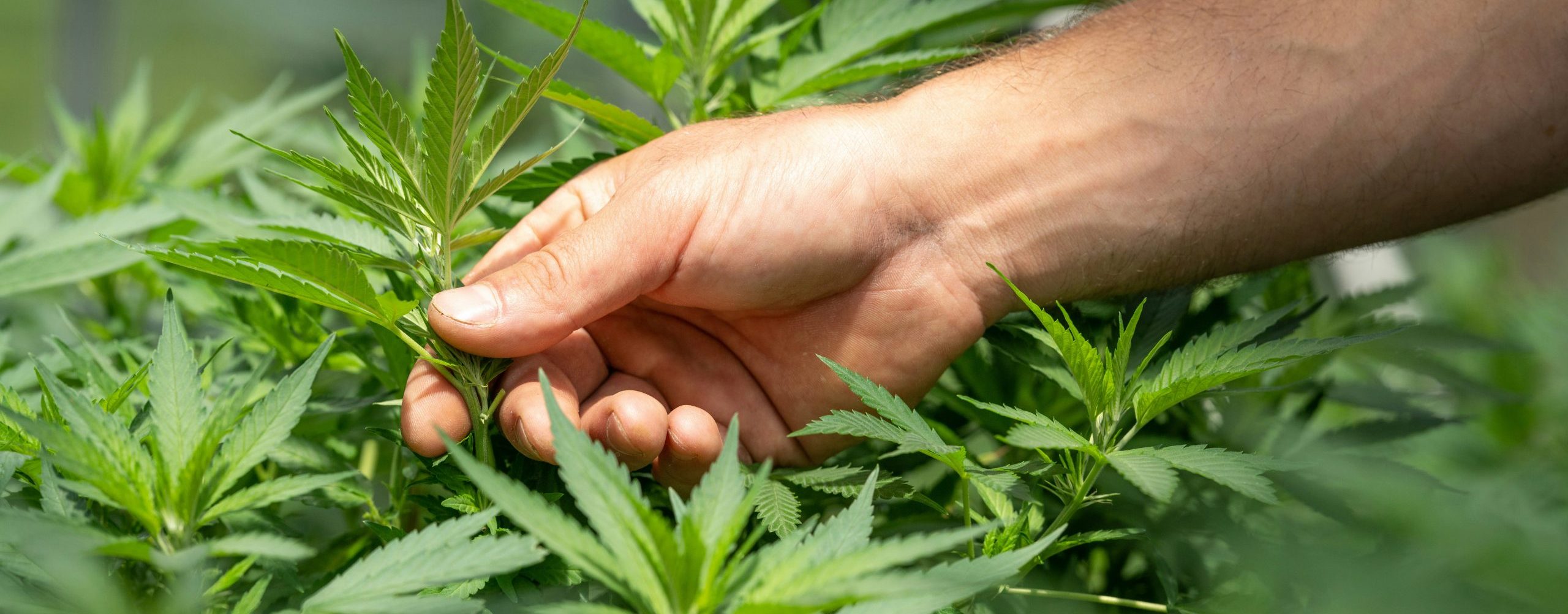Navigating the landscape of legal medical cannabis can be a winding path with many twists and turns. Patients often find themselves unsure of what is permitted, who to consult, and the proper procedures when it comes to doctors, clinics, pharmacies, and their medication.
This article aims to shed light on the various aspects of the access process and address some of the most frequently asked questions from patients. We’ll explore the number of doctors who can prescribe medical cannabis to a single patient, the possibility of having multiple prescriptions for different forms of cannabis, and the information typically included on a prescription beyond the medicine details.
Additionally, we’ll delve into the requirements for pharmacies to dispense medicinal cannabis, the factors involved in choosing a dispensing pharmacy, and whether patients should receive a copy of their prescription. We’ll also clarify the legal proof of being a medicinal cannabis patient in Australia and address the topic of switching pharmacies if necessary.
The Role of Doctors
While it is recommended for patients to have a single prescribing doctor for better treatment management, it is possible to have more than one doctor prescribing medical cannabis. Scenarios where multiple doctors may be involved include:
- Interstate prescribing: Telehealth doctors can prescribe across state lines, leading some patients to use different clinics or a local doctor for CBD products and an interstate doctor for other forms.
- Multiple conditions: Patients with distinct conditions (e.g., mental health and chronic pain) may work with different specialists, each prescribing cannabis for their respective area of expertise.
However, it’s crucial that all prescribing doctors are aware of the patient’s complete medication regimen and collaborate on dosing and treatment plans.
Prescriptions and Forms of Cannabis
Patients can have prescriptions for multiple forms of cannabis (e.g., oil and flower) if their prescribing physician deems it clinically beneficial. This approach allows for precise dosing and tailoring treatment to the patient’s lifestyle and needs.
Prescriptions typically include details beyond the medicine, such as the dose form, quantity per dispense, repeat interval, and maximum monthly limit. Understanding how your prescription is written can help manage your medication and communicate effectively with the pharmacist.
Dispensing Requirements and Pharmacy Choice
For a pharmacy to dispense medicinal cannabis, they need the prescription (paper or digital) and the prescriber’s TGA (Therapeutic Goods Administration) authorisation. This authorisation can be a Special Access Scheme B (SAS B) letter or an Authorised Prescriber (AP) letter.
Patients should have a say in choosing the dispensing pharmacy, in consultation with their doctor. Some clinics may restrict pharmacy options or require fees for using non-affiliated pharmacies. It’s advisable to inquire about potential markup prices at different pharmacies and compare them with the recommended retail price (RRP) or use tools like Catalyst to obtain accurate pricing information.
Legal Proof and Switching Pharmacies
In Australia, there is no government-issued “medical cannabis card.” The legal proof of being a medicinal cannabis patient includes the TGA SAS B authorisation letter, the prescription itself (paper or digital), and the original medicine packaging with the pharmacy label.
With a digital prescription (eScript), patients can request their repeat tokens and switch to a different pharmacy. However, with paper prescriptions, transferring repeats to another pharmacy can be a complicated process, and in some states like NSW, it may not be permitted.
It’s essential for patients to be informed, communicate openly with their healthcare providers, and advocate for their right to choose the most suitable options for their treatment journey.








